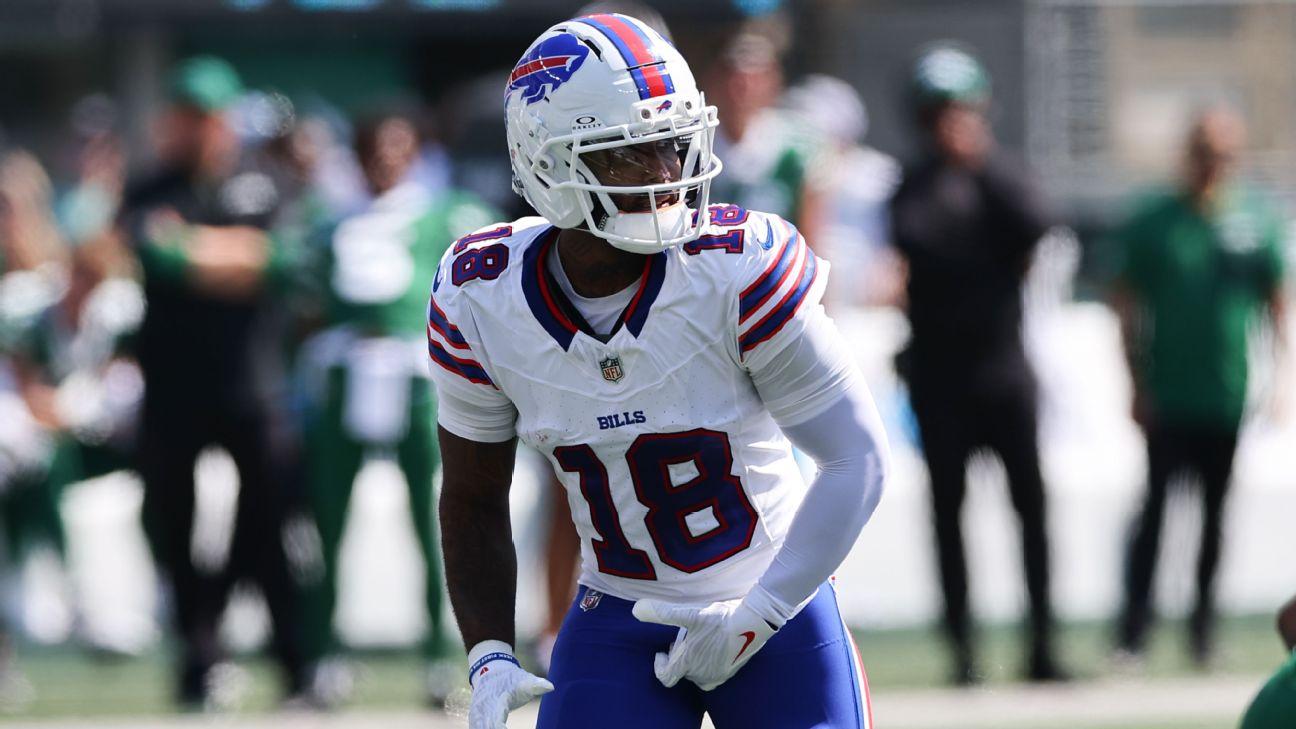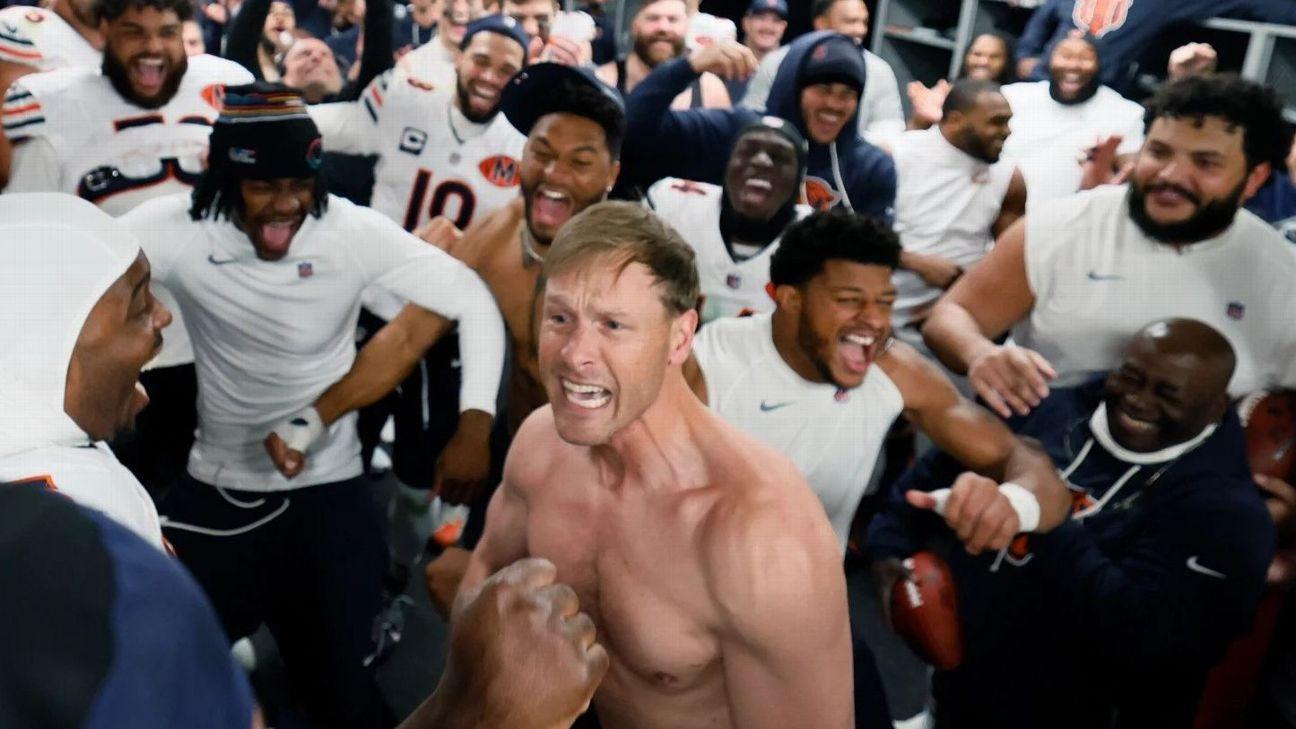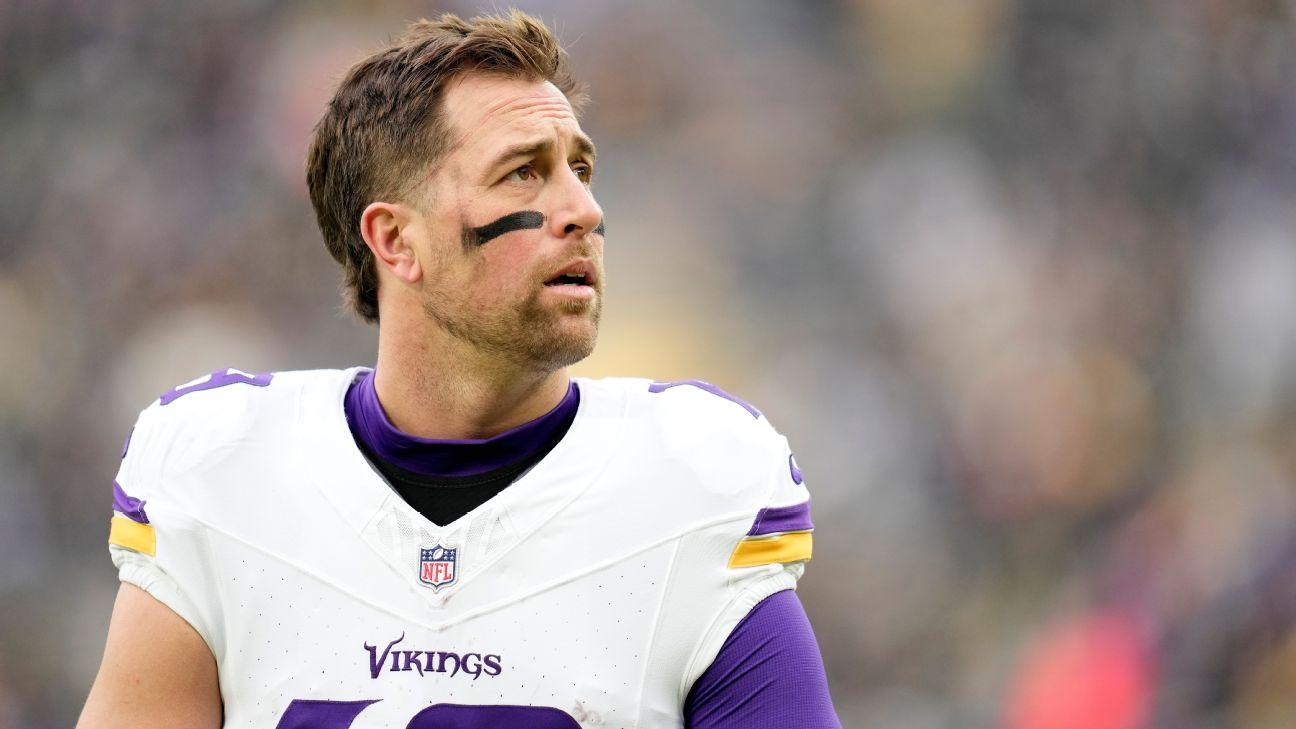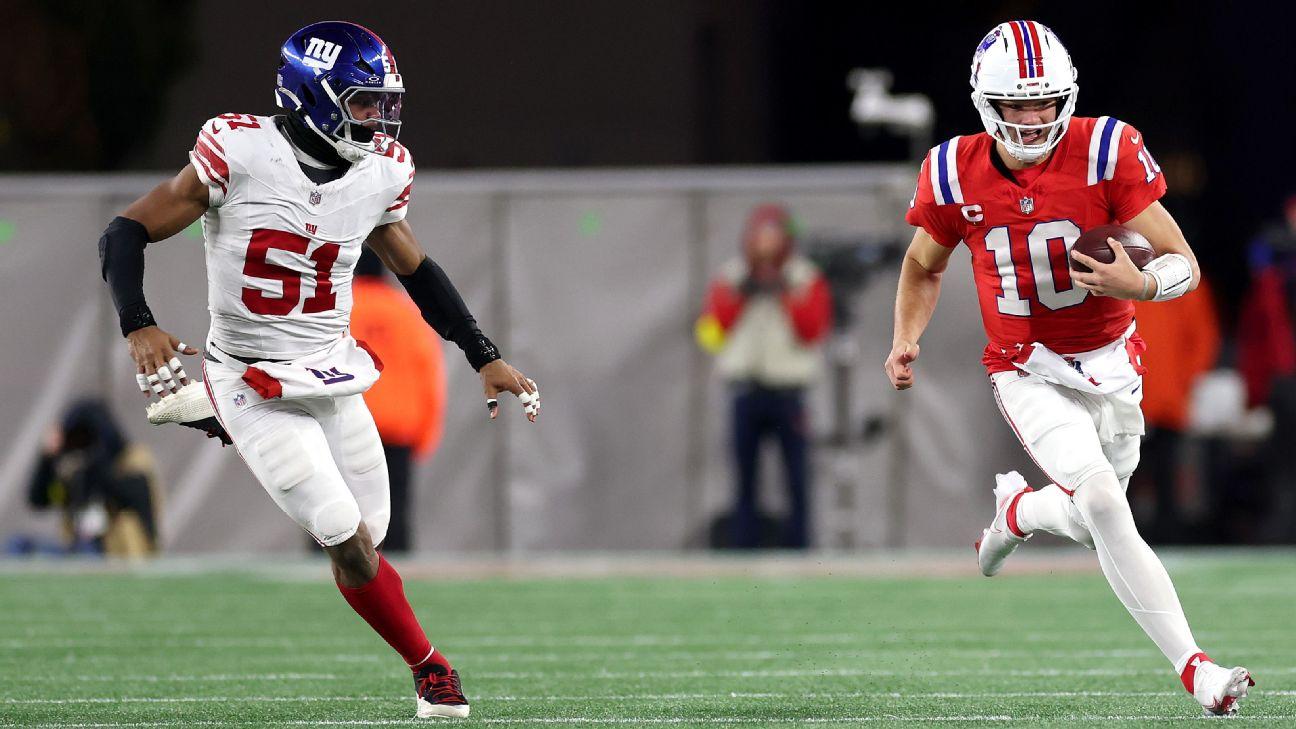If you plan to employ a hero-RB or zero-RB approach in drafts this season, Liz Loza highlights the top backs you can target in the middle rounds.

Published 2 سال قبل on اگست 9 2023، 10:00 شام
By Web Desk

"The running back landscape is a wasteland in fantasy football."
It used to be a mantra. Now it's more of a trope. Fantasy managers have gotten smarter. We've gained savvy. Maybe even become a bit jaded, too.
Draft strategies have shifted as a result. Managers employing a "robust-RB" approach (rostering two RBs in the first three rounds) are likely to receive "OK, Boomer" heckles from their leaguemates. Meanwhile, "zero-RB" enthusiasts (eschewing the position until the fifth or sixth round) have gone from punk rock to pop star. And that's OK. (Well, maybe not the name-calling, but more the willingness to change.)
The evolution of the NFL in tandem with the standardization of point-per-reception (PPR) fantasy formats has altered the way managers approach the virtual game. And it has happened quickly. Here's a snapshot:
NOTE: All references to rounds are for 12-team leagues.
Ten running backs were drafted in the first round of 12-team exercises just three years ago. That number is expected to be halved heading into the fall, according to current ESPN ADP data. The volatility of modern-day backfields has inspired managers to prioritize elite wide receivers instead. Only six wideouts were drafted during the first two rounds in 2020, but 11 WRs are expected to come off draft boards in Rounds 1 and 2 this year.
As WRs have climbed, RBs have fallen. The shuffle has increased the number of late-second and early-third tier running backs available in Rounds 3 through 6. Managers have long lamented these four rounds -- affectionately dubbed the "running back dead zone" -- because of a perceived (and previously verified) lack of value and/or upside.
Basically, the dead zone was where you closed your eyes and threw a dart at a committee back hoping for something NOT BAD. Today, however, in an era of better-than-before reboots, the dead zone is giving Spider-man vibes and feeling much more alive.
Joe Mixon (29.3 ADP), Travis Etienne Jr. (33.0), Najee Harris (37.1), Miles Sanders (60.7) and James Conner (67.6) -- all of whom are primary ball carriers for their respective teams and also projected to clear 200 carries and 35 catches -- are dead zone picks. Last season, only three RBs recorded at least 200 carries and finished outside of the top 22 fantasy RBs in fantasy points (Dameon Pierce, D'Onta Foreman, and Brian Robinson Jr., all of whom had 30 or fewer catches). The low-end RB1 and RB2 value in Rounds 3 through 6 figures to remain steady again this season.
Rather than explain to you that Mixon and Harris offer more upside because they're attached to teams with estimated win totals above nine, or that Sanders and Conner figure to be less efficient because they're on squads likely to be playing .500 ball, I'd rather highlight some less-discussed talent and even a few later-round draft targets. These players are serving up sneaky value and have the potential to be this year's Tony Pollard (RB8 in 2022) or Rhamondre Stevenson (RB13 in 2022).
Rachaad White, RB, Tampa Bay Buccaneers
One of the more divisive dead zone backs, White emerged down the stretch of 2022, averaging 12.6 fantasy points per game from Weeks 10 to 17. A deft pass-catcher with eagle-eye vision in the open field, the Arizona State product is expected to work as Tampa's RB1, filling the void left by Leonard Fournette (and his 262 touches from 2022).
The Bucs have reportedly been expanding White's route tree in training camp, confirming suspicions of an every-down role for the 24-year-old. Critics worry the team's offensive efficiency will plummet in a post-Brady era, zapping White's rushing totals. While that's a valid concern, White's dual usage should boost his overall volume and make up for any lost yards per carry. White is likely to garner at least 18 touches per week and offers managers top-24 RB fantasy appeal deep into the fifth round of drafts.
James Cook, RB, Buffalo Bills
The Bills invested a second-round pick in Cook in April of last year. Dalvin's little brother played behind Devin Singletary in his rookie effort, but with the team's former RB1 (and his 215 touches) out of the building, the Georgia product figures to receive a promotion. The fact Buffalo added only Damien Harris and Latavius Murray (both on low-risk, one-year deals) to the backfield further suggests Cook's likely ascent. The season-ending injury to fellow pass-catching back Nyheim Hines should also boost Cook's opportunities.
Cook recorded the highest breakaway run rate (12.1%) and an electric 5.3 true yards per carry (second among RBs) last season. Lauded for his natural hands and advanced route tree, Cook could flirt with 60 catches on a team that has ranked fifth in pass rate for the past three years. Attached to a top-three offense and recently praised by offensive coordinator Ken Dorsey for being a versatile, "every-down back," Cook is brimming with upside in the eighth round of virtual exercises.
Khalil Herbert, RB, Chicago Bears
The Bears' backfield is messier than the sod at Soldier Field. With David Montgomery's move to Detroit, however, there is an opportunity to seize on top-25 fantasy running back production. Herbert, who requires little investment in the 11th round, is my favorite to win the RB1 duties.
A smooth runner who excels after contact, Herbert managed at least 20 touches and 101 scrimmage yards both times he subbed in for an injured Montgomery in 2022. He averaged 19.5 carries and 86 rushing yards over the four contests in which Montgomery was sidelined in 2021. Herbert is more explosive than either Montgomery or Foreman, and he averaged 5.2 true yards per carry (RB5) while recording 3.29 yards created per touch (RB9) in his sophomore effort. With rookie Roschon Johnson missing crucial reps in camp, Herbert's stock remains the most solid. He's an RB3 with RB2 upside currently being drafted outside of the top 36 players at the position.
Backups worth tracking and potentially considering in the late double-digit rounds: Jerome Ford (CLE), Chase Brown (CIN), Kendre Miller (NO), Chris Rodriguez (WAS)
Follow Liz on X: @LizLoza_FF
It used to be a mantra. Now it's more of a trope. Fantasy managers have gotten smarter. We've gained savvy. Maybe even become a bit jaded, too.
Draft strategies have shifted as a result. Managers employing a "robust-RB" approach (rostering two RBs in the first three rounds) are likely to receive "OK, Boomer" heckles from their leaguemates. Meanwhile, "zero-RB" enthusiasts (eschewing the position until the fifth or sixth round) have gone from punk rock to pop star. And that's OK. (Well, maybe not the name-calling, but more the willingness to change.)
The evolution of the NFL in tandem with the standardization of point-per-reception (PPR) fantasy formats has altered the way managers approach the virtual game. And it has happened quickly. Here's a snapshot:
NOTE: All references to rounds are for 12-team leagues.
Ten running backs were drafted in the first round of 12-team exercises just three years ago. That number is expected to be halved heading into the fall, according to current ESPN ADP data. The volatility of modern-day backfields has inspired managers to prioritize elite wide receivers instead. Only six wideouts were drafted during the first two rounds in 2020, but 11 WRs are expected to come off draft boards in Rounds 1 and 2 this year.
As WRs have climbed, RBs have fallen. The shuffle has increased the number of late-second and early-third tier running backs available in Rounds 3 through 6. Managers have long lamented these four rounds -- affectionately dubbed the "running back dead zone" -- because of a perceived (and previously verified) lack of value and/or upside.
Basically, the dead zone was where you closed your eyes and threw a dart at a committee back hoping for something NOT BAD. Today, however, in an era of better-than-before reboots, the dead zone is giving Spider-man vibes and feeling much more alive.
Joe Mixon (29.3 ADP), Travis Etienne Jr. (33.0), Najee Harris (37.1), Miles Sanders (60.7) and James Conner (67.6) -- all of whom are primary ball carriers for their respective teams and also projected to clear 200 carries and 35 catches -- are dead zone picks. Last season, only three RBs recorded at least 200 carries and finished outside of the top 22 fantasy RBs in fantasy points (Dameon Pierce, D'Onta Foreman, and Brian Robinson Jr., all of whom had 30 or fewer catches). The low-end RB1 and RB2 value in Rounds 3 through 6 figures to remain steady again this season.
Rather than explain to you that Mixon and Harris offer more upside because they're attached to teams with estimated win totals above nine, or that Sanders and Conner figure to be less efficient because they're on squads likely to be playing .500 ball, I'd rather highlight some less-discussed talent and even a few later-round draft targets. These players are serving up sneaky value and have the potential to be this year's Tony Pollard (RB8 in 2022) or Rhamondre Stevenson (RB13 in 2022).
Rachaad White, RB, Tampa Bay Buccaneers
One of the more divisive dead zone backs, White emerged down the stretch of 2022, averaging 12.6 fantasy points per game from Weeks 10 to 17. A deft pass-catcher with eagle-eye vision in the open field, the Arizona State product is expected to work as Tampa's RB1, filling the void left by Leonard Fournette (and his 262 touches from 2022).
The Bucs have reportedly been expanding White's route tree in training camp, confirming suspicions of an every-down role for the 24-year-old. Critics worry the team's offensive efficiency will plummet in a post-Brady era, zapping White's rushing totals. While that's a valid concern, White's dual usage should boost his overall volume and make up for any lost yards per carry. White is likely to garner at least 18 touches per week and offers managers top-24 RB fantasy appeal deep into the fifth round of drafts.
James Cook, RB, Buffalo Bills
The Bills invested a second-round pick in Cook in April of last year. Dalvin's little brother played behind Devin Singletary in his rookie effort, but with the team's former RB1 (and his 215 touches) out of the building, the Georgia product figures to receive a promotion. The fact Buffalo added only Damien Harris and Latavius Murray (both on low-risk, one-year deals) to the backfield further suggests Cook's likely ascent. The season-ending injury to fellow pass-catching back Nyheim Hines should also boost Cook's opportunities.
Cook recorded the highest breakaway run rate (12.1%) and an electric 5.3 true yards per carry (second among RBs) last season. Lauded for his natural hands and advanced route tree, Cook could flirt with 60 catches on a team that has ranked fifth in pass rate for the past three years. Attached to a top-three offense and recently praised by offensive coordinator Ken Dorsey for being a versatile, "every-down back," Cook is brimming with upside in the eighth round of virtual exercises.
Khalil Herbert, RB, Chicago Bears
The Bears' backfield is messier than the sod at Soldier Field. With David Montgomery's move to Detroit, however, there is an opportunity to seize on top-25 fantasy running back production. Herbert, who requires little investment in the 11th round, is my favorite to win the RB1 duties.
A smooth runner who excels after contact, Herbert managed at least 20 touches and 101 scrimmage yards both times he subbed in for an injured Montgomery in 2022. He averaged 19.5 carries and 86 rushing yards over the four contests in which Montgomery was sidelined in 2021. Herbert is more explosive than either Montgomery or Foreman, and he averaged 5.2 true yards per carry (RB5) while recording 3.29 yards created per touch (RB9) in his sophomore effort. With rookie Roschon Johnson missing crucial reps in camp, Herbert's stock remains the most solid. He's an RB3 with RB2 upside currently being drafted outside of the top 36 players at the position.
Backups worth tracking and potentially considering in the late double-digit rounds: Jerome Ford (CLE), Chase Brown (CIN), Kendre Miller (NO), Chris Rodriguez (WAS)
Follow Liz on X: @LizLoza_FF

I’m obsessed with Redfin’s AI search
- 5 hours ago

3 theories that explain Trump’s collapsing support
- 3 hours ago
Pakistan win Under-19 Women T20 series
- 15 hours ago

Donald Trump reminds the entire world he has no idea what 6G means
- 5 hours ago
Taylor Swift breaks down in Eras documentary over Southport attack
- 12 hours ago
Cold, partly cloudy weather expected over most parts of country
- 15 hours ago
Japan lifts tsunami warning after 6.7-magnitude earthquake
- 15 hours ago
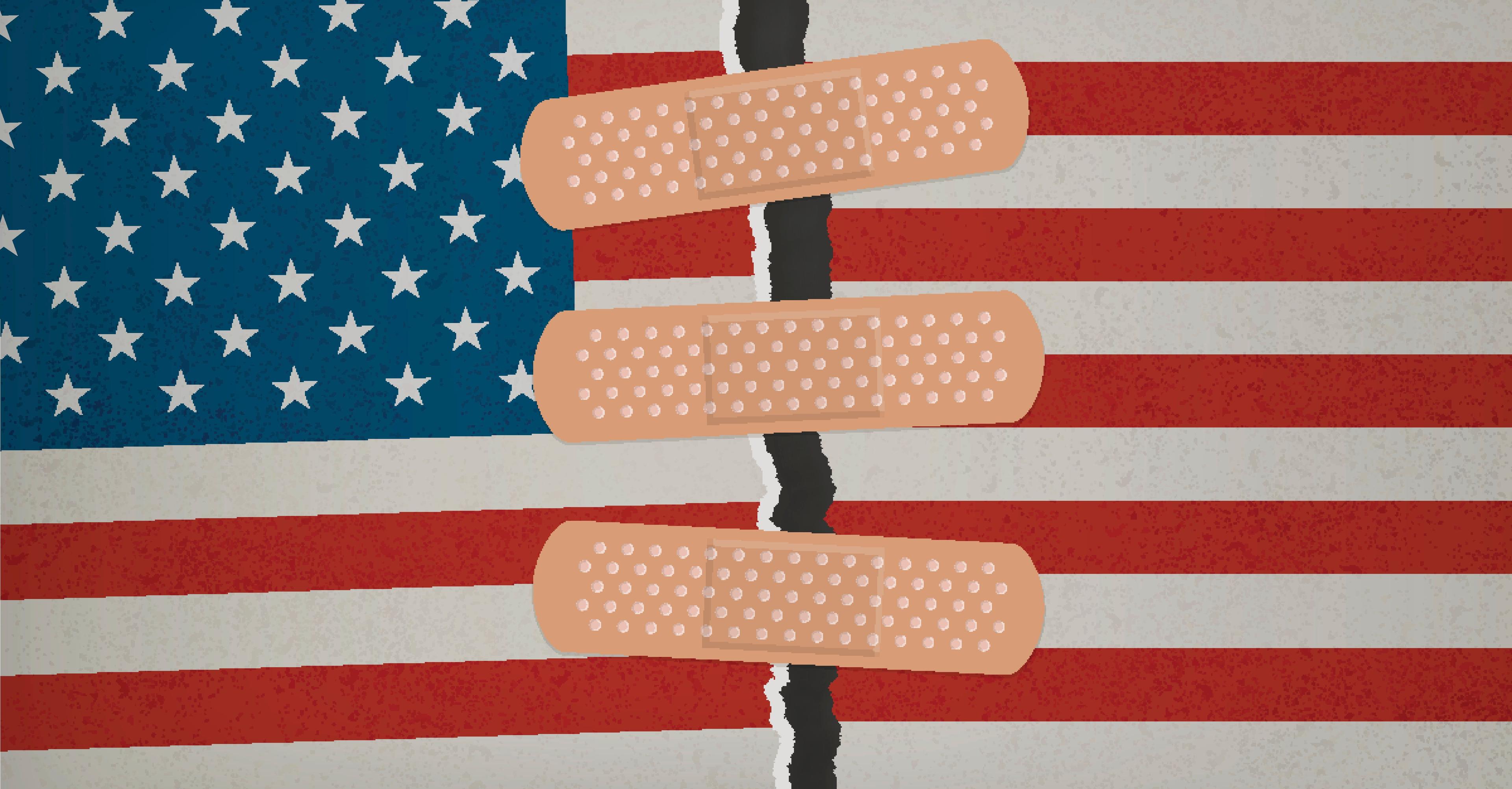
Blame Republicans for our health insurance mess
- 3 hours ago

The Kennedy Center Honors continue Trump’s vengeance on liberal Hollywood
- 3 hours ago

You can now text photos directly to Aura’s digital picture frames
- 5 hours ago

The Vergecast 2025 year in review
- 5 hours ago

The alarming rise in antibiotic use by the meat industry
- 3 hours ago
You May Like
Trending

